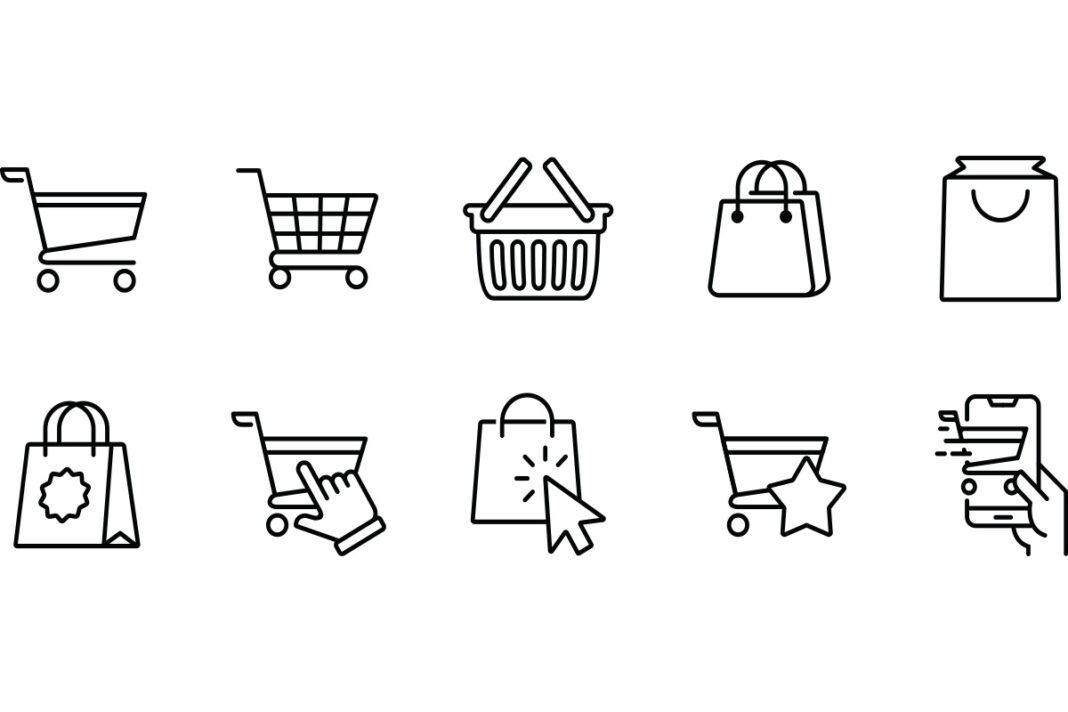OTTAWA—Faced with growing calls to tackle the current cost-of-living crisis, Prime Minister Justin Trudeau announced a temporary GST holiday on a wide variety of goods and services starting on December 14 and ending on February 15.
“Our government can’t set prices, but we can give Canadians, and especially working Canadians, more money back in their pocket,” said the prime minister in announcing the news. “With a tax break for all Canadians and the Working Canadians Rebate, we’re making sure you can buy the things you need and save for the things you want.”
The Working Canadians Rebate is a one-time tax-free cheque for $250 that employed Canadians, earning under $150,000 and who filed a tax return in 2023, will receive some time in the early spring of 2025.
“The holiday season is when expenses are highest for many Canadians and their families—even with inflation back down to two percent and interest rates being cut four times this year,” said Minister of Finance Chrystia Freeland. “With new tax relief on groceries and seasonal expenses and a rebate for working Canadians, we are reducing costs when they are highest for Canadians. This is about helping you celebrate with family and friends and start 2025 with a little extra money in your bank account.”
The move to provide a tax holiday on a wide variety of items and services and the $250 rebate has been lauded by Ontario Premier Doug Ford (although he notes that many of the items listed are already not taxed in Ontario), but the move has in turn proven controversial for several provinces, including New Brunswick and Prince Edward Island, who express alarm at the potential loss of significant revenue from their provincial coffers. Those provinces have called for the federal government to make their provincial revenues whole.
The tax break will have different impacts on businesses as they work to implement the temporary tax reprieve.
“Every retailer is going to be different because everyone’s system is different,” noted Matt Poirier, vice-president of federal government relations for the Retail Council of Canada, “but it can range from being a simple fix to being quite laborious.”
“While this relief will benefit consumers, the administrative burden will fall on suppliers and retailers who must adjust their payment systems accordingly,” said John Oakey, vice-president of taxation at Chartered Professional Accountants of Canada in a release.
The short turn-around time in the announcement will also prove problematic for some businesses as they work to identify which of the many items they sell are eligible for the break. The issue of cancelled orders by those seeking to adjust their purchase timing to take advantage of the new regime is also a concern for many retailers.
On the up side, the period in which the tax break is being implemented also includes a traditionally quiet time in the retail sector—encompassing as it does the January-February lull.
Other critics of the move note that while welcome, the temporary tax cut will not address serious and deep systemic issues underlying the cost-of-living crisis.
Among the edible items that will see a GST holiday are alcoholic beverages (excluding spirits but including wine, beer, ciders and spirit coolers up to seven percent alcohol content); carbonated beverages, non-carbonated fruit juice or fruit-flavoured beverages or products that, when added to water, produce one of these beverages; candies; confectionery classed as candy or goods sold as candies (candy floss, chewing gum, and chocolate); fruits, seeds, nuts or popcorn coated or treated with candy, chocolate, honey, molasses, sugar, syrup, or artificial sweeteners (many of which are already exempt in Ontario); chips, crisps, puffs, curls, or sticks (potato chips, corn chips, cheese puffs, potato sticks, bacon crisps, and cheese curls), popcorn, brittle pretzels, and salted nuts or seeds; granola products and snack mixtures that contain cereals, nuts, seeds, dried fruit, or other edible products; ice lollies, juice bars, ice waters, ice cream, ice milk, sherbet, frozen yogurt or frozen pudding, including non-dairy substitutes; fruit bars, rolls or drops or similar fruit-based snack foods; cakes, muffins, pies, pastries, tarts, cookies, doughnuts, brownies, croissants with sweetened filling or coating (note that many bread products, such as bagels, English muffins, croissants, and bread rolls, are already zero-rated); pudding, including flavoured gelatine, mousse, flavoured whipped dessert product, or any other products similar to pudding; prepared salads, sandwiches, platters of cheese, cold cuts, fruit or vegetables, and other arrangements of prepared food; food or beverages heated for consumption; beverages dispensed at the place where they are sold; food or beverages sold in conjunction with catering services; food or beverages sold at an establishment where all or substantially all of the food or beverages sold are currently excluded from zero-rating (a restaurant, coffee shop, takeout outlet, pub, mobile canteen, lunch counter, or concession stand); bottled water or unbottled water that is dispensed at a permanent establishment of the supplier.
When it comes to non-edible items that will see the break are games and puzzles, jigsaw puzzles for all ages; video game consoles, controllers or physical game media (a video game cartridge or disc); children’s toys, including products designed for use by children under 14 years of age in learning or play and that are a board game or card game (a strategy board game, playing cards, or a matching/memory card game); a toy that imitates another item (a doll house, a toy car or truck, a toy farm set, or an action figure); a doll, plush toy or soft toy (a teddy bear); construction toys such as building blocks, such as Lego, STEM assembly kits, or plasticine; children’s clothing, footwear, car seats; children’s clothing: meaning garments (other than garments of a class that are used exclusively in sports or recreational activities, costumes, children’s diapers, or children’s footwear) that are designed for babies, including baby bibs, bunting blankets and receiving blankets; children’s garments up to girls size 16 or boys size 20; hosiery or stretchy socks, hats, ties, scarves, belts, suspenders, or mittens and gloves in sizes and styles designed for children or babies; children’s footwear—meaning footwear (other than stockings, socks or similar footwear or footwear of a class that is used exclusively in sports or recreational activities) that is designed for babies or children and has an insole length of 24.25 centimetres or less; children’s diapers: meaning a product designed for babies or children, and that is a diaper, a diaper insert or liner, a training pant, or a rubber pant designed for use in conjunction with any of those items; children’s car seats—meaning a restraint system or booster seat that conforms to the Canada Motor Vehicle Safety Standard.
Other items on the list include Christmas trees or similar decorative trees: natural or artificial; print newspapers: meaning print newspapers containing news, editorials, feature stories, or other information of interest to the general public that are published at regular intervals (not including electronic or digital publications), excluding most fliers, inserts, magazines, periodicals, or shoppers; printed books, including a printed book or an update of such a book, an audio recording where 90 percent or more of it is a spoken reading of a printed book or a bound or unbound printed version of scripture of any religion.





